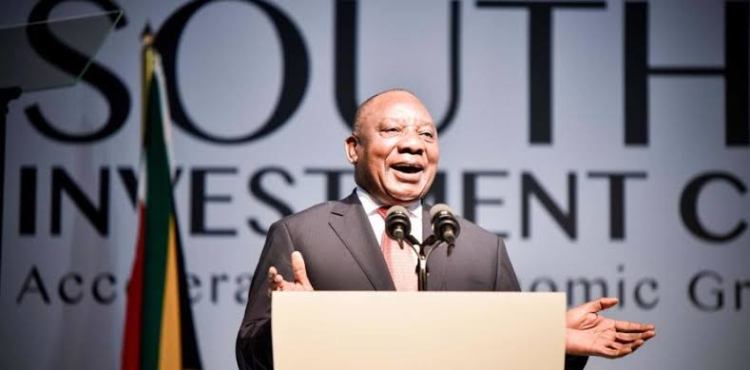ConCourt at 30: Ramaphosa Urges South Africans to Honour Beacon of Democracy
President Ramaphosa singled out the diversified Bench—now almost gender-balanced and reflective of every major racial group—as the wellspring of its legitimacy.

- Country:
- South Africa
President Cyril Ramaphosa has used his weekly “From the Desk of the President” newsletter to invite every South African to salute the Constitutional Court as it turns thirty. From its first seating in February 1995 to its modern-day role as guardian of the Bill of Rights, the Court has woven itself into the nation’s democratic fabric.
Why a Dedicated Constitutional Court?
During the multi-party negotiations of the early 1990s, delegates quickly agreed that constitutional disputes had to be resolved by a body free of apartheid’s shadow. The African National Congress was adamant: a new institution, not the existing Appellate Division, must pronounce on the final Constitution. Comparisons with Germany’s post-war Bundesverfassungsgericht clinched the idea, and 11 pioneering judges—led by Chief Justice Arthur Chaskalson—were appointed.
From Temporary Chambers to Constitution Hill
The fledgling court initially sat in rented chambers in Johannesburg. In 2004 it moved to Constitution Hill, a site deliberately chosen for its symbolism: the court’s glass-and-brick structure rises from the ruins of the notorious Old Fort Prison, once a place of oppression for figures such as Mahatma Gandhi and Nelson Mandela. The building’s design fuses African motifs with transparent public galleries, underscoring that justice must be both indigenous and visible.
Landmark Judgments that Shaped Society
Over three decades, the Court has delivered nearly a thousand decisions. Among the most cited:
-
S v Makwanyane (1995)—abolished the death penalty, aligning South Africa with emerging global norms.
-
Minister of Health v TAC (2002)—compelled government to provide antiretroviral drugs to pregnant women, transforming the HIV/AIDS response.
-
August v Electoral Commission (1999)—affirmed prisoners’ right to vote, entrenching universal suffrage.
-
Grootboom (2000)—required the state to make housing progressively available to the poor.
Less celebrated but equally transformative rulings safeguarded pension payments, protected small-scale farmers from colonial livestock ordinances, and recognised full ownership rights for women married under customary law.
Diversity: The Court’s Enduring Strength
President Ramaphosa singled out the diversified Bench—now almost gender-balanced and reflective of every major racial group—as the wellspring of its legitimacy. Former Chief Justice Pius Langa warned in 2007 that a monolithic judiciary could ossify; variety of life experience, he argued, enriches deliberation and increases the likelihood of respectful dissent. The Court has proved the point: roughly one in five judgments are split decisions, each opinion adding nuance to the evolving jurisprudence.
Public Trust and Global Recognition
An Ipsos poll in early 2025 found that 68 percent of South Africans regard the Constitutional Court as the most trusted arm of state. Internationally, its decisions are cited in Kenyan, Canadian and Indian courts, and its judges sit on global advisory panels. By consistently holding both Parliament and the Executive accountable—whether on Nkandla spending or municipal evictions—the Court nurtures a culture of constitutional supremacy.
Challenges on the Horizon
Looking ahead, the Court faces mounting caseloads, digital-age privacy dilemmas, and the need to translate its lofty judgments into grassroots change. Scholars also warn of budgetary constraints and political attempts—subtle or overt—to curb judicial independence. Ramaphosa’s appeal is therefore twofold: celebrate past victories, and remain vigilant so the Court can keep faith with the Constitution’s promise.
A Call to Collective Custodianship
“As we celebrate this milestone,” the President wrote, “we should honour the proud history of the Court by working together to realise the full promise of our Constitution.” That promise—dignity, equality and freedom for all—rests not only on marble columns and learned opinions, but on citizens who defend the rule of law daily.
ALSO READ
Unveiling History: BJP Leader Critiques 1975 Emergency as Blot on India's Democracy
Israeli strikes on Iran have killed at least 865 people, wounded 3,396 others, reports AP citing a human rights group.
Gujarat Gram Panchayat Elections: Democracy in Action Amid Challenges
EU's Potential Suspension of Israel Agreement over Human Rights Concerns
EU's Review of Israel's Human Rights Obligations Sparks Diplomatic Debate










